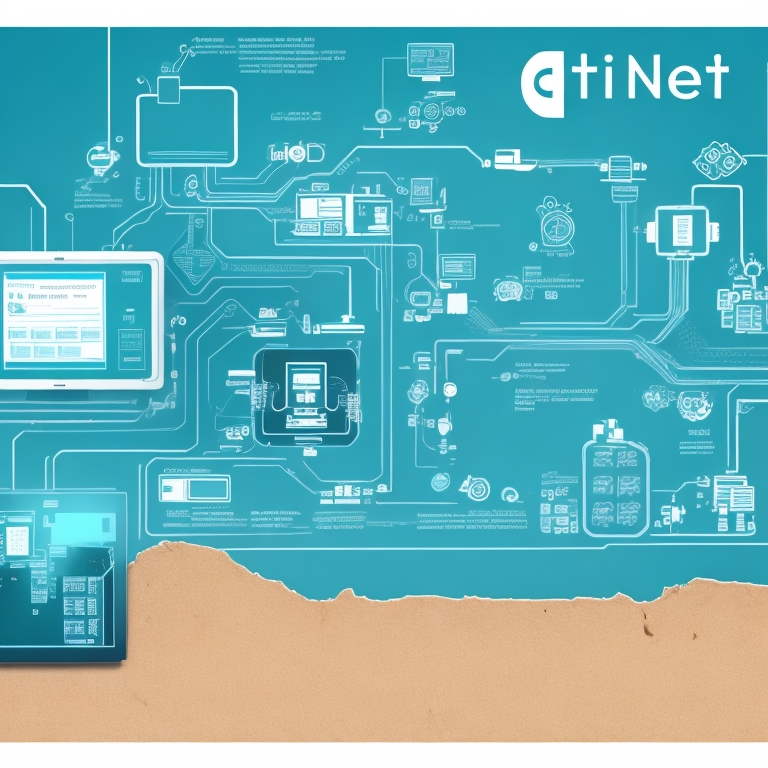The Internet of Things: Securing Embedded Code
The Internet of Things (IoT) is rapidly transforming our lives, connecting everything from home appliances to industrial equipment to the internet. This interconnectedness brings immense benefits, but it also introduces new security risks. One of the most critical areas of concern is the security of embedded code, the software that runs on these devices.
Why is Embedded Code Security so important?
hacker trying to breach a smart home system
Embedded code is often overlooked, but it is the brain of the IoT device. It controls everything the device does, from collecting data to sending and receiving commands. If this code is compromised, the consequences can be severe. Hackers could gain access to sensitive information, take control of devices, or even cause physical harm.
For example, in 2016, a massive cyberattack on the Mirai botnet hijacked millions of IoT devices, including home routers and security cameras. The botnet then launched a devastating DDoS attack that took down major websites and internet services. This incident highlighted the vulnerability of insecure IoT devices and the potential for widespread damage.
Challenges of Securing Embedded Code:
There are several challenges to securing embedded code:
- Resource limitations: Many IoT devices have limited processing power, memory, and storage. This makes it difficult to implement traditional security measures, such as encryption and authentication.
- Software complexity: Embedded code can be complex and tightly coupled with the hardware. This makes it difficult to identify and patch vulnerabilities.
- Long product lifespans: Many IoT devices have long lifespans, which means they may need to be supported for years or even decades. This makes it difficult to ensure that they remain secure over time.
Solutions for Securing Embedded Code:
Despite these challenges, there are several solutions that can help to secure embedded code:
- Secure coding practices: Developers can use secure coding practices to reduce the number of vulnerabilities in their code. This includes using static code analysis tools to identify potential vulnerabilities and following secure coding guidelines.
- Hardware-based security: Hardware-based security solutions, such as secure boot and secure enclaves, can help to protect the integrity of the code and prevent unauthorized access.
- Software updates: Keeping embedded code up-to-date with the latest security patches is essential for protecting against vulnerabilities. However, this can be challenging for devices with limited resources or long lifespans.
- Vulnerability management: Organizations need to have a process for identifying, prioritizing, and patching vulnerabilities in embedded code. This process should be ongoing throughout the lifecycle of the device.
Conclusion:
Securing embedded code is essential for the safe and reliable operation of the Internet of Things. By implementing the solutions discussed above, we can help to mitigate the risks associated with insecure IoT devices and ensure that the benefits of this technology can be enjoyed by everyone.
- #IoTSecurity
- #EmbeddedCode
- #SecureIoT
- #CodeSecurity
- #IoTTransformation
- #CyberSecurity
- #SecureCoding
- #CodeVulnerabilities
- #SmartDeviceSecurity
- #InternetOfThingsSecurity
- #IoTInnovation
- #TechSecurity
- #EmbeddedSystems
- #DeviceProtection
- #IoTChallenges
- #SecuringCode
- #CyberThreats
- #CodeIntegrity
- #IoTSolutions
- #SmartTechSecurity

